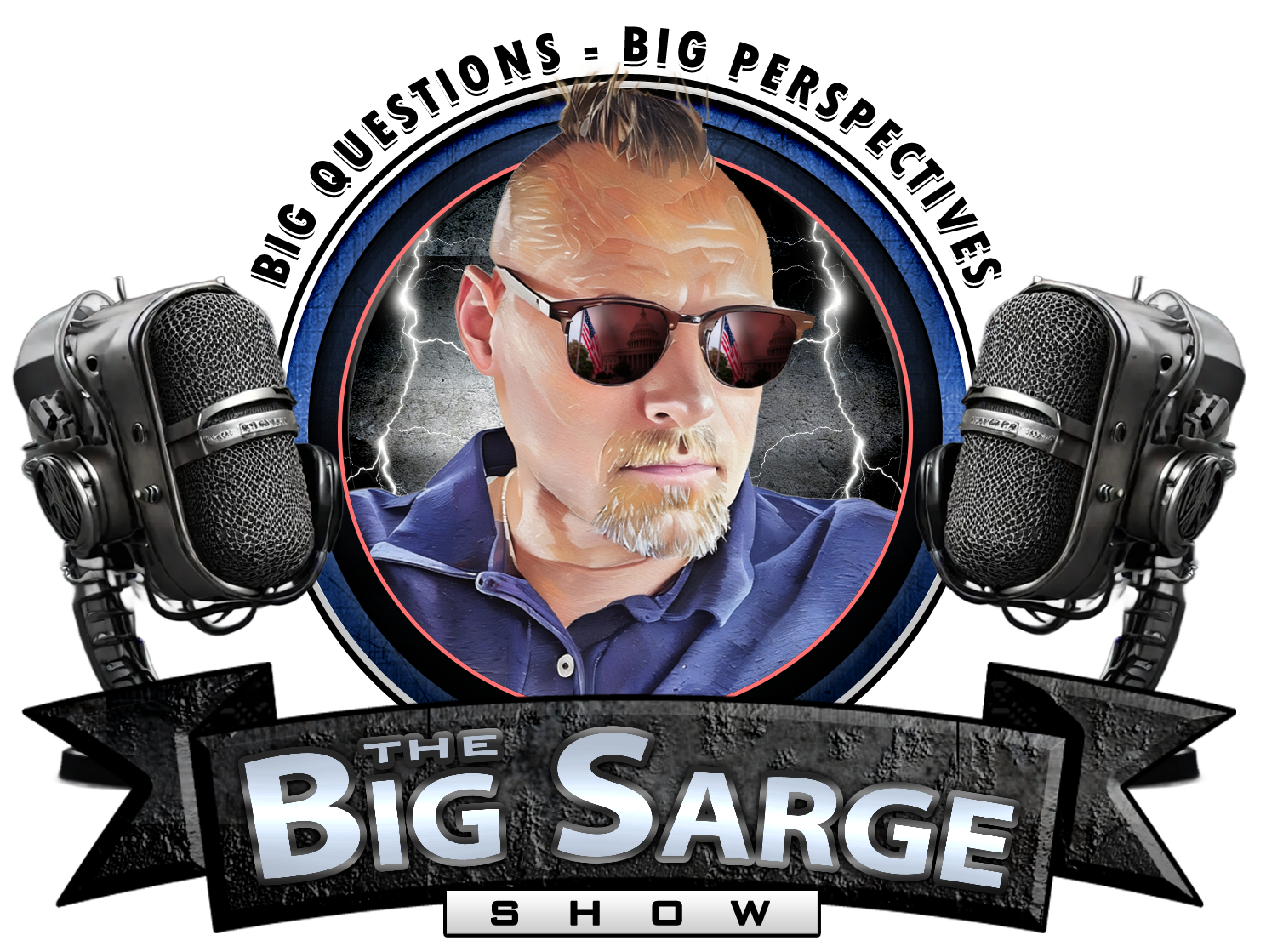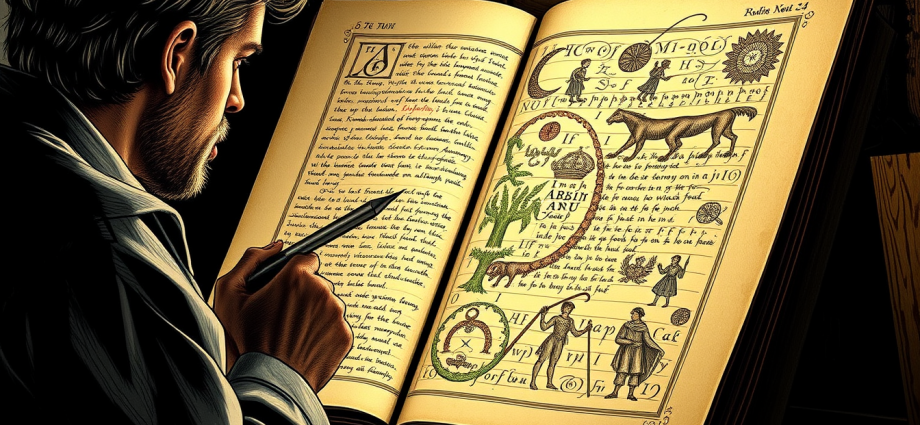The Voynich Manuscript, a cryptic and enigmatic book, has baffled scholars, cryptographers, and historians for centuries. Discovered in 1912 by the Polish book dealer Wilfrid Voynich, this medieval manuscript is written in an unknown script and language, adorned with bizarre illustrations of plants, astronomical diagrams, and naked figures. Despite numerous attempts, the manuscript remains one of the greatest unsolved mysteries in the world of historical cryptography.
The Discovery and History
The manuscript was found in the library of the Villa Mondragone, a Jesuit college near Rome. Wilfrid Voynich, an antiquarian of considerable repute, acquired the manuscript and immediately recognized its potential significance. The book consists of 240 pages, although it is believed that several pages are missing. The vellum on which it is written has been carbon-dated to the early 15th century, placing its creation around the year 1404-1438.
Provenance and Ownership
The manuscript’s provenance is as mysterious as its content. It is believed to have been owned by Emperor Rudolf II of the Holy Roman Empire, who was known for his interest in the occult and alchemy. After Rudolf’s death, the manuscript changed hands several times, eventually ending up in the possession of the Jesuits at the Villa Mondragone.
The Unidentified Script
One of the most intriguing aspects of the Voynich Manuscript is its script. The text is written in an unknown alphabet that does not correspond to any known language or code. This unique script has been dubbed “Voynichese.” Despite numerous efforts by cryptographers, including those from World War II and modern-day computer scientists, the script has yet to be deciphered.
Statistical Analysis
Linguists and cryptographers have conducted extensive statistical analyses of the text. These analyses reveal that the script has properties similar to natural languages, such as Zipf’s law, which describes the frequency of word usage. However, the lack of any recognizable linguistic patterns or cognates has stymied efforts to decode it.
Failed Attempts at Decipherment
Many prominent cryptographers, including William Friedman, who led the team that broke the Japanese Purple cipher during World War II, have attempted to crack the Voynich code. Despite their expertise, all attempts have failed, leading some to speculate that the manuscript may be an elaborate hoax.
The Illustrations
The manuscript is filled with a variety of illustrations that add to its mystery:
- Botanical Drawings: The manuscript contains drawings of plants, many of which do not match any known species. Some theorize that these could be fantastical or symbolic representations. Others suggest that the plants might be composites of multiple species.
- Astronomical Diagrams: There are several pages of astronomical and astrological diagrams, including zodiac symbols and star charts. These diagrams are often accompanied by text, suggesting a possible link to medieval astrology or astronomy.
- Biological Sections: Some pages depict naked women, often interacting with interconnected tubes and capsules, which some interpret as biological or alchemical processes. These illustrations are particularly perplexing, as they do not correspond to any known scientific or medical practices of the time.
- Pharmaceutical Section: This part of the manuscript includes drawings of herbs and what appear to be apothecary jars, suggesting a possible medical or herbal purpose. The jars are often labeled with text in Voynichese, further complicating efforts to understand their significance.
Theories and Speculations
Over the years, many theories have been proposed regarding the purpose and origin of the Voynich Manuscript:
- Hoax Theory: Some believe the manuscript is an elaborate hoax, created to deceive or entertain. This theory posits that the manuscript’s creator invented the script and illustrations to mystify future generations.
- Cipher Theory: Others think it is a coded document, possibly containing secret knowledge or information. This theory suggests that the text is written in a complex cipher that has yet to be broken.
- Natural Language Theory: Some researchers propose that the manuscript is written in an unknown natural language, possibly a constructed language or one that has since been lost. This theory is supported by the manuscript’s linguistic properties, which resemble those of natural languages.
- Herbal and Medical Reference: Given the botanical and pharmaceutical illustrations, some suggest it could be an ancient herbal or medical reference book. This theory posits that the manuscript was created by a medieval physician or herbalist to record their knowledge.
Recent Theories
In recent years, new theories have emerged, including the possibility that the manuscript is a form of proto-scientific documentation or a guide to medieval women’s health. Some researchers have even suggested that the manuscript could be an early example of a constructed language, created for artistic or intellectual purposes.
Modern Efforts and Technological Advances
In recent years, advances in technology have provided new tools for researchers studying the Voynich Manuscript. Machine learning and artificial intelligence have been employed to analyze the text and patterns within the manuscript. While these efforts have yet to yield a definitive translation, they have provided new insights and avenues for exploration.
AI and Machine Learning
Researchers have used AI and machine learning algorithms to analyze the manuscript’s text and illustrations. These technologies can identify patterns and correlations that may not be apparent to human researchers. For example, AI has been used to cluster similar words and identify potential grammatical structures within the text.
Multispectral Imaging
Multispectral imaging techniques have been employed to study the manuscript’s pages in greater detail. These techniques involve capturing images of the manuscript under different wavelengths of light, revealing hidden details and enhancing faded text and illustrations.
Collaborative Efforts
The Voynich Manuscript has also benefited from collaborative research efforts, with scholars from various disciplines working together to unravel its mysteries. These interdisciplinary teams bring together expertise in linguistics, cryptography, medieval history, and botany, among other fields.
The Voynich Manuscript remains an enigma, a puzzle that has yet to be solved despite the best efforts of some of the greatest minds in history. Its mysterious script and strange illustrations continue to captivate and intrigue, ensuring that the manuscript remains a topic of fascination and study. Whether it is a hoax, a coded document, or a relic of a lost language, the Voynich Manuscript stands as a testament to the enduring allure of the unknown.

